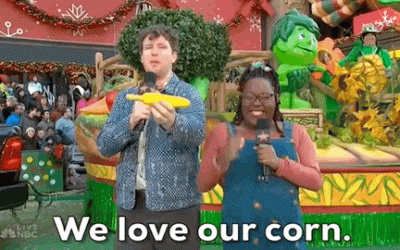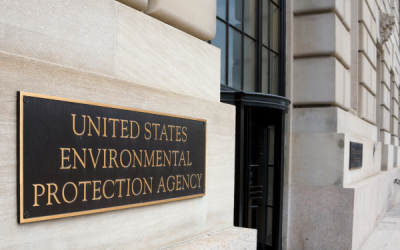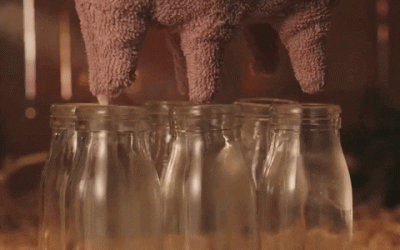Brazil and China are taking their relationship to the next level. Last week, the two countries signed 37 deals on everything from agriculture and trade to investments, energy and mining, industry, tech cooperation, and a whole lot in between.
The agricultural deetz: Brazil can now export its sorghum, grapes, sesame, and fish products to China. Sorghum is an especially big deal for Brazil. Last year China imported nearly $2B of sorghum, mainly from the U.S. While Brazil currently only holds a 0.29% share of the global sorghum market, the deal opens up future production possibilities.
What does this mean for the U.S.? If Brazil plans more sorghum, it’ll take acreage away from its second corn crop. With less Brazilian corn planted, the U.S. can keep its status as a top corn exporter. Meanwhile, if China takes more sorghum from Brazil, this could *potentially* free up more acres for corn, soybeans, and wheat in the U.S.
There are noticeably a lot of “ifs” here, and only time will tell. Keep in mind Trump has dropped hints he might impose a minimum tariff rate of 60% on Chinese imports. This would likely cause China to retaliate with tariffs against U.S. ag exports and purchase more from other countries like Brazil.
Peter Friedmann of the Agriculture Transportation Coalition warns that if the U.S. becomes more expensive due to retaliatory tariffs, “our foreign customers will find that alternative source, and we might not ever get them back as customers.”
Brazil’s largest trading partner is China. Last year, their two-way commerce was greater than $160B.
Short Corn Packs a Punch
Dynamite comes in small packages—which can be true with new seed technology. What’s...
Congress to EPA: What’s Your BEEF with Meat Packers?
The Environmental Protection Agency (EPA) is considering new regulations that take aim at meat and poultry processors.
And some members of Congress have a BEEF with the EPA’s proposals.
The proposed rules: In late January, the EPA released the details of its proposed “Clean Water Effluent Limitations Guidelines and Standards for the Meat and Poultry Products Point source category.”
Huh?
Basically, the EPA formally published its proposals to combat wastewater contaminants that come from slaughterhouses.
Okay… that makes more sense.
At the heart of the rules proposal is a concern from environmental groups about nitrogen and phosphorus pollutants that originate from slaughterhouses. In some cases, the wastewater goes directly into waterways. In other cases, the water goes to municipal wastewater treatment facilities.
But not everyone is on board with the EPA’s suggestions…
Congress responds: Last week, two U.S. representatives—Eric Burlison (MO) and Ron Estes (KS)—pushed back against the EPA and introduced the “Banning EPA’s Encroachment of Facilities (BEEF) Act.” If passed and signed by President Biden, the law would prohibit the EPA from finalizing, implementing, or enforcing the rule.
According to the lawmakers, the proposed rules place undue burden on small processors—costs that can be absorbed by larger companies.
Soundbite: “The… proposed regulation isn’t just an attack on family-run small businesses, it’s an attack on rural communities,” said Burlison. “These meat and poultry processors are the lifeblood of our communities. The BEEF Act… lets these hardworking Americans do what they do best, produce safe, affordable food for our families.”
University of Illinois Makes Big Mooves in Milk Production
Pump it up: Scientists led by Matt Wheeler at the University of Illinois Urbana-Champaign are...




